|
Bikur Holim Hospital
Bikur Cholim Hospital ( he, בית החולים ביקור חולים) was a 200-bed general hospital in West Jerusalem, established in the 19th century and closed due to financial difficulties in the second decade of the 21st century. Until then, it was the oldest hospital in the country still operating. Bikur Cholim had obstetrics and cardiac departments, a modern neonatal intensive care unit, a pediatrics department, and bariatric and plastic surgery units. After 2010 it treated some 60,000 patients annually. With 700 administrators, doctors, nurses, technicians and cleaners, it was one of Jerusalem's largest downtown employers. One-third of the doctors were Israeli Arabs, many of whom chose Bikur Holim for their residencies. In December 2012 the hospital was taken over by Shaare Zedek Medical Center and continued to function as a branch of Shaare Zedek. The main hospital was then closed down, with the building on Haneviim (Prophets') Street, the maternity ward, which serves t ... [...More Info...] [...Related Items...] OR: [Wikipedia] [Google] [Baidu] |
West Jerusalem
West Jerusalem or Western Jerusalem (, ; , ) refers to the section of Jerusalem that was controlled by Israel at the end of the 1948 Arab–Israeli War. As the city was divided by the Green Line (Israel's erstwhile border, established by the 1949 Armistice Agreements), West Jerusalem was formally delineated as the counterpart to East Jerusalem, which was controlled by Jordan. Though Israel has controlled the entirety of Jerusalem since the 1967 Arab–Israeli War, the boundaries of West Jerusalem and East Jerusalem remain internationally recognized as due to their significance to the process of determining the status of Jerusalem, which has been among the primary points of contention in the Arab–Israeli conflict and the Israeli–Palestinian conflict. With certain exceptions, undivided Jerusalem is not internationally recognized as the sovereign territory of either Israel or the State of Palestine. However, recognition of Israeli sovereignty over only West Jerusalem is ... [...More Info...] [...Related Items...] OR: [Wikipedia] [Google] [Baidu] |
1929 Palestine Riots
The 1929 Palestine riots, Buraq Uprising ( ar, ثورة البراق, ) or the Events of 1929 ( he, מאורעות תרפ"ט, , ''lit.'' Events of 5689 Anno Mundi), was a series of demonstrations and riots in late August 1929 in which a longstanding dispute between Muslims and Jews over access to the Western Wall in Jerusalem escalated into violence. The riots took the form, for the most part, of attacks by Arabs on Jews accompanied by destruction of Jewish property. During the week of riots, from 23 to 29 August, 133 Jews were killed by Arabs, and 339 Jews were injured, most of whom were unarmed. There were 116 Arabs killed and at least 232 wounded, mostly by the Mandate police suppressing the riots. Around 20 Arabs were killed by Jewish attackers and indiscriminate British gunfire. After the riots, 174 Arabs and 109 Jews were charged with murder or attempted murder; around 40% of Arabs and 3% of Jews were subsequently convicted. During the riots, 17 Jewish communities were e ... [...More Info...] [...Related Items...] OR: [Wikipedia] [Google] [Baidu] |
Haredi
Haredi Judaism ( he, ', ; also spelled ''Charedi'' in English; plural ''Haredim'' or ''Charedim'') consists of groups within Orthodox Judaism that are characterized by their strict adherence to ''halakha'' (Jewish law) and traditions, in opposition to modern values and practices. Its members are usually referred to as ultra-Orthodox in English; however, the term "ultra-Orthodox" is considered pejorative by many of its adherents, who prefer terms like strictly Orthodox or Haredi. Haredi Jews regard themselves as the most religiously authentic group of Jews, although other movements of Judaism disagree. Some scholars have suggested that Haredi Judaism is a reaction to societal changes, including political emancipation, the ''Haskalah'' movement derived from the Enlightenment, acculturation, secularization, religious reform in all its forms from mild to extreme, the rise of the Jewish national movements, etc. In contrast to Modern Orthodox Judaism, followers of Haredi Judaism ... [...More Info...] [...Related Items...] OR: [Wikipedia] [Google] [Baidu] |
Mea Shearim
Mea Shearim ( he, מאה שערים, lit., "hundred gates"; contextually, "a hundred fold") is one of the oldest Jewish neighborhoods in Jerusalem outside of the Old City. It is populated by Haredi Jews, and was built by members of the Old Yishuv. Name The name ''Mea Shearim'' is derived from a verse from Genesis, which happened to be part of the weekly Torah portion that was read the week the settlement was founded: "Isaac sowed in that land, and in that year, he reaped a hundredfold (, ''mea shearim''); God had blessed him" (). According to a tradition, the community originally had 100 gates, another meaning of ''Mea Shearim''. History Meir Auerbach, the chief Ashkenazi rabbi of Jerusalem, was one of the founders of the neighborhood. Conrad Schick, a German Christian architect, drew up the first blueprint for Mea Shearim in 1846. Mea Shearim, one of the earliest Jewish settlements outside the walls of the Old City, was established in 1874 by a building society of 100 shareho ... [...More Info...] [...Related Items...] OR: [Wikipedia] [Google] [Baidu] |
Geula
Geula ( he, גאולה lit. ''Redemption'') is a neighborhood in the center of Jerusalem, populated mainly by Haredi Jews. Geula is bordered by Zikhron Moshe and Mekor Baruch on the west, the Bukharim neighborhood on the north, Mea Shearim on the east and the Jerusalem city center on the south. History Geula was established in 1927–28. It was originally a mixed neighborhood of secular and religious Jews. The British consul to Jerusalem, James Finn, built his home in the area in 1855, employing Jewish labor. It was the third building constructed outside the walls of the Old City.Jerusalem neighborhoods , Eiferman Properties Ltd. Geula was developed by banker Avraham Chasidoff (founder of Israel Discount Bank) who named the main street after his eldest daughter, Geul [...More Info...] [...Related Items...] OR: [Wikipedia] [Google] [Baidu] |
Palestinian Political Violence
Palestinian political violence refers to acts of violence perpetrated for political ends in relation to the State of Palestine or in connection with Palestinian nationalism. Common political objectives include self-determination in and sovereignty over Palestine,de Waart, 1994p. 223 Referencing Article 9 of ''The Palestinian National Charter of 1968''. The Avalon Project has a copy herDe Waal, 2004pp. 29–30. or the "liberation of Palestine" and recognition of a Palestinian state, either in place of both Israel and the Palestinian territories, or solely in the Palestinian territories.Schulz, 1999p. 161 More limited goals include the release of Palestinian prisoners or the Palestinian right of return. Other motivations include personal grievances, trauma or revenge.Avishai Margalit“The Suicide Bombers,'at New York Review of Books, January 16, 2003 :'the main motivating force for the suicide bombers seems to be the desire for spectacular revenge.'Peter Beinart'The American Jew ... [...More Info...] [...Related Items...] OR: [Wikipedia] [Google] [Baidu] |
Arkadi Gaydamak
Arkadi ( el, Αρκάδι) is a former municipality in the Rethymno (regional unit), Rethymno regional unit, Crete, Greece. Since the 2011 local government reform it is part of the municipality Rethymno, of which it is a municipal unit. The municipal unit has an area of . Population 6,936 (2011). The seat of the municipality was in Adele. Arkadi is renowned for its famous Arkadi Monastery, monastery. It is the site of the Cretan revolt (1866–1869)#Arkadi, Holocaust of Arkadi. References Populated places in Rethymno (regional unit) {{Crete-geo-stub ... [...More Info...] [...Related Items...] OR: [Wikipedia] [Google] [Baidu] |
Prophets Street
Street of the Prophets ( he, רחוב הנביאים, ''Rehov HaNevi'im'') is an east–west axis road in Jerusalem beginning outside Damascus Gate and ending at Davidka Square. Located to the north of Jaffa Road, it bisects the neighborhood of Musrara, Jerusalem, Musrara. During its heyday in the late 19th century and early 20th century, Street of the Prophets was a favorite address for hospitals, churches, monasteries, hospices, government offices, foreign consulates, and wealthy Christian, Jewish and Muslim residents. Today the street still boasts the same heterogeneous mix of residents and workers, as well as schools, hospitals, churches and government offices. The elegant 19th-century architecture gives Street of the Prophets the appellation of "most beautiful street outside the Old City (Jerusalem), Old City", while its historic buildings make it the most popular site for guided tours outside the Old City. Etymology Street of the Prophets was established during the expans ... [...More Info...] [...Related Items...] OR: [Wikipedia] [Google] [Baidu] |
Poster 2-1
A poster is a large sheet that is placed either on a public space to promote something or on a wall as decoration. Typically, posters include both textual and graphic elements, although a poster may be either wholly graphical or wholly text. Posters are designed to be both eye-catching and informative. Posters may be used for many purposes. They are a frequent tool of advertisers (particularly of events, musicians, and films), propagandists, protestors, and other groups trying to communicate a message. Posters are also used for reproductions of artwork, particularly famous works, and are generally low-cost compared to the original artwork. The modern poster, as we know it, however, dates back to the 1840s and 1850s when the printing industry perfected colour lithography and made mass production possible. History Introduction According to the French historian Max Gallo, "for over two hundred years, posters have been displayed in public places all over the world. Visually str ... [...More Info...] [...Related Items...] OR: [Wikipedia] [Google] [Baidu] |
Former Bikur Cholim Hospital Building, Now A Branch Of Shaare Zedek Medical Center
A former is an object, such as a template, gauge or cutting die, which is used to form something such as a boat's hull. Typically, a former gives shape to a structure that may have complex curvature. A former may become an integral part of the finished structure, as in an aircraft fuselage, or it may be removable, being using in the construction process and then discarded or re-used. Aircraft formers Formers are used in the construction of aircraft fuselage, of which a typical fuselage has a series from the nose to the empennage, typically perpendicular to the longitudinal axis of the aircraft. The primary purpose of formers is to establish the shape of the fuselage and reduce the column length of stringers to prevent instability. Formers are typically attached to longerons, which support the skin of the aircraft. The "former-and-longeron" technique (also called stations and stringers) was adopted from boat construction, and was typical of light aircraft built until the ad ... [...More Info...] [...Related Items...] OR: [Wikipedia] [Google] [Baidu] |
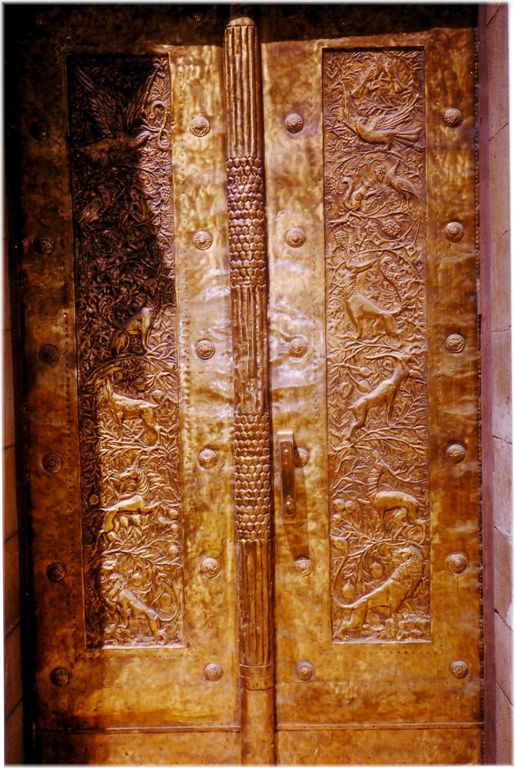


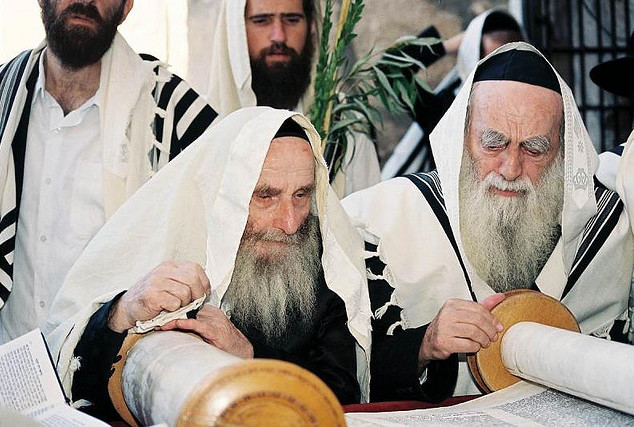
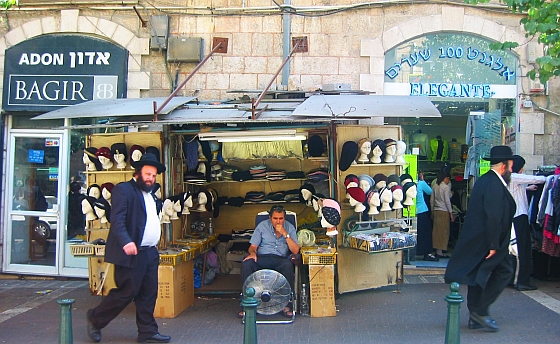
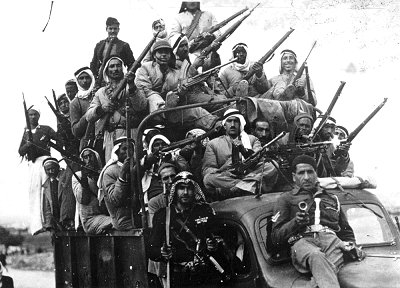
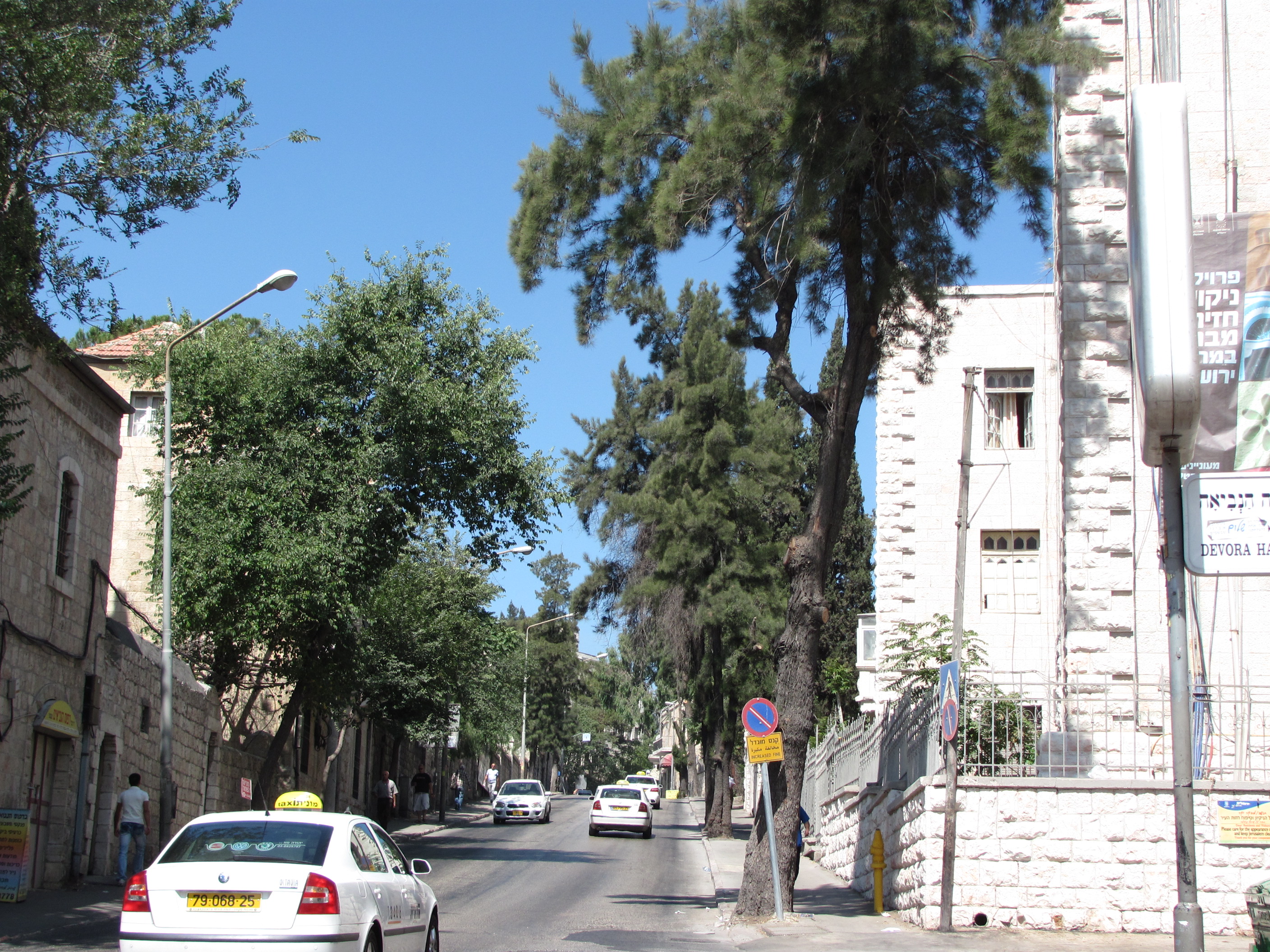
.jpg)
